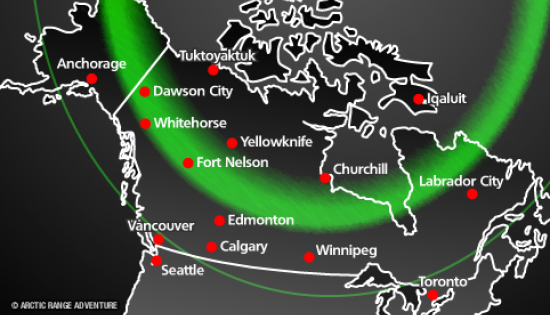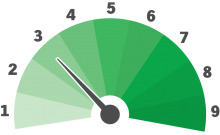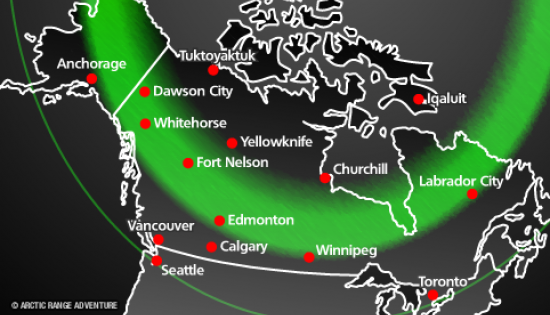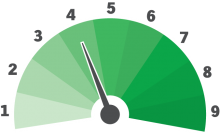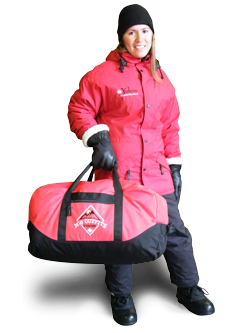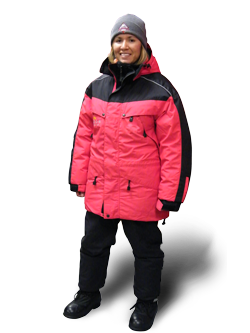It’s possible to see the Northern Lights through a few scattered clouds, but if there are too many, the view might be blocked completely.
The AuroraCentre is located perfectly in the most 'dry' region of the Yukon which results in less cloud coverage then any other location. Typically we only see 1-3% completely cloudy night sky at the AuroraCentre throughout the year.
Even if the sky is cloudy, rainy or if snow is falling during the day we will always start our Aurora Viewing tour as scheduled to ensure our guest don't miss an opportunity to see the Aurora Borealis when the clouds break (which they most often do!). Typically the weather changes around midnight in the Yukon and even a cloudy evening can turn into a clear night.
The Aurora Borealis is a natural phenomenon and relies on the level of aurora activity and weather conditions. We provide one of the best locations to enjoy the Aurora Borealis with the comfort of heated a cabin, yurts and teepees, with the company of knowledgeable tour guides.
Since the level of aurora activity and weather conditions is out of our control, unfortunately, we can't offer refunds or re-bookings.

